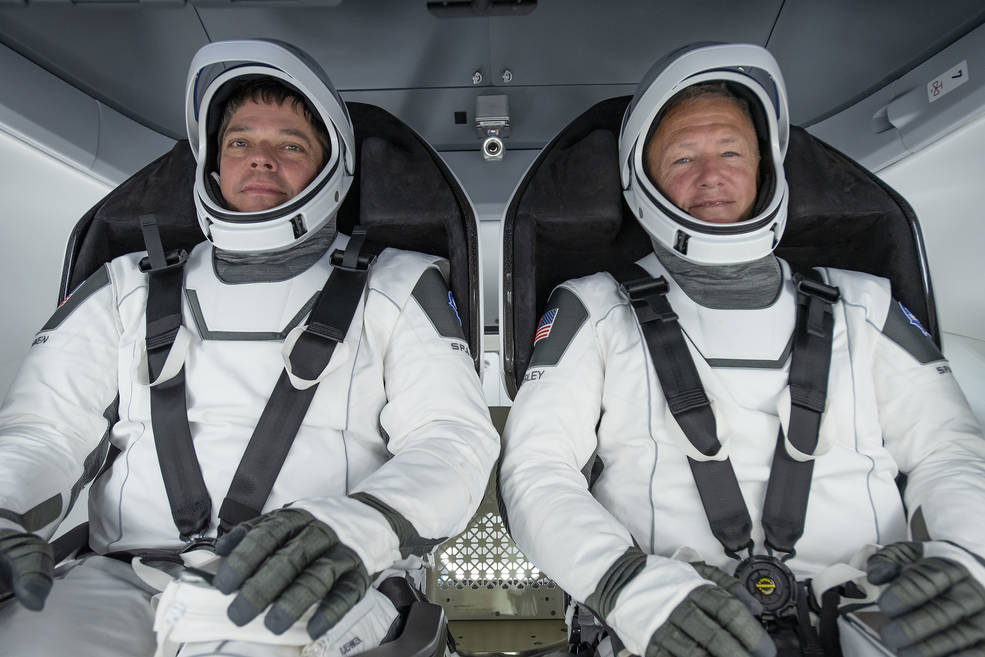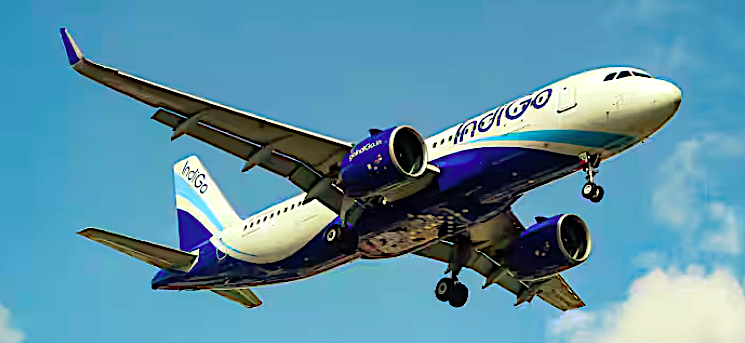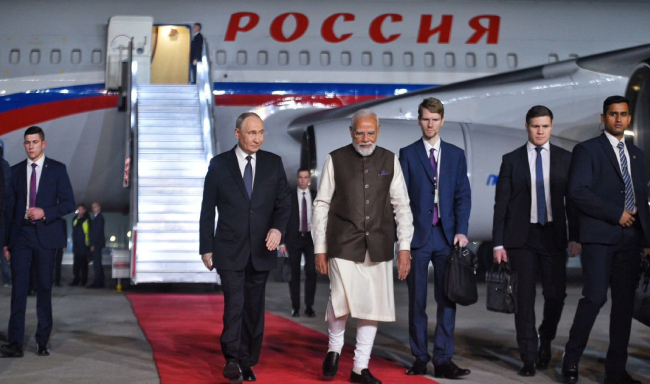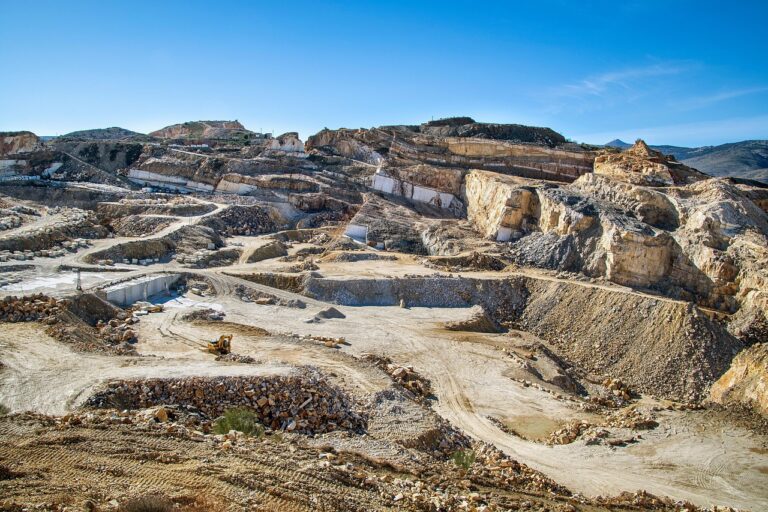
Astronauts Robert Behnken and Douglas Hurley
[the_ad_placement id=”adsense-in-feed”]– globalbihari bureau
Florida (USA): “LaunchAmerica” – the first flight into orbit of “American astronauts on American rockets from American soil”since the end of the space shuttle era in 2011, is scheduled to take off from NASA’s Kennedy Space Center here at 4:33 p.m. EDT today. (2:03 am Thursday, Indian Standard Time).
Known as NASA’s SpaceX Demo–2 test flight, this mission will send from U.S. soil, NASA astronauts Robert Behnken and Douglas Hurley to the International Space Station on an American rocket and spacecraft for the first time since 2011, as part of the agency’s Commercial Crew Program.
In March 2020, at a SpaceX processing facility on Cape Canaveral Air Force Station in Florida, SpaceX had successfully completed a fully integrated test of critical crew flight hardware ahead of Crew Dragon’s second demonstration mission to the International Space Station for NASA’s Commercial Crew Program; the first flight test with astronauts onboard the spacecraft. Behnken and Hurley participated in the test, which included flight suit leak checks, spacecraft sound verification, display panel and cargo bin inspections, seat hardware rotations, and more.
[the_ad_placement id=”content-placement-after-3rd-paragraph”]
Demo-2 will be SpaceX’s second spaceflight test of its Crew Dragon craft and its first test with astronauts aboard. This is the final major step before NASA’s Commercial Crew Program certifies Crew Dragon for operational, long-duration missions to the space station. This certification and regular operation of Crew Dragon will enable NASA to continue the important research and technology investigations taking place on-board the station, which benefits people on Earth and lays the groundwork for future exploration of the Moon and Mars starting with the agency’s Artemis program.

NASA astronauts Robert Behnken, left, and Douglas Hurley speak to members of the media after arriving at the Launch and Landing Facility at NASA’s Kennedy Space Center ahead of SpaceX’s Demo-2 mission, on May 20, in Florida. Photo Credits: NASA
The test flight also will provide valuable data toward NASA certifying SpaceX’s crew transportation system for regular flights carrying astronauts to and from the space station. SpaceX currently is readying the hardware for the first rotational mission, which would happen after data from this mission is reviewed for NASA’s certification.
The Falcon 9 rocket will launch from historic Launch Complex 39A at NASA’s Kennedy Space Center in Florida. But, the excitement will be felt across the country and around the world, with virtual launch parties and other events to help usher in this new era of spaceflight as NASA and its commercial partners take the next bold step toward to send the first woman and the next man to the Moon by 2024 as part of the agency’s Artemis program.
Members of the public can attend the launch virtually, receiving mission updates and opportunities normally received by on-site guests. “Through NASA’s virtual launch experience, we make it possible for more people than ever to watch the beginning of this new era in human spaceflight,” said Bettina Inclán, NASA’s associate administrator for Communications.
Live video coverage and countdown commentary begins at 12:15 p.m. May 27. Watch the launch and all pre-launch activities on NASA TV, YouTube, Twitter, Facebook, and Linkedin.
But, before then, there are a lot of other ways people are getting involved with this historic mission now. through virtual events.
For the first time ever, NASA is hosting a global “NASA Social,” an opportunity for social media users to get a behind the scenes view of the launch – virtually – and a unique way the public can celebrate the return of human spaceflight to American soil.
The #LaunchAmerica NASA Social is taking the form of a Facebook group that any social media user can request permission to join by answering a few simple questions and agreeing to adhere to the guidelines of the group. In addition to connecting virtually with a community of people excited about the #LaunchAmerica mission, participants will be able to virtually tour NASA facilities at Kennedy and interact with NASA representatives in real time, as well as virtually view a launch of the SpaceX Falcon 9 rocket.
Besides, students can share their excitement with webinars, virtual reality experiences and activities specifically designed for grades K-4 and grades 5-12.
In addition to social media coverage, NASA Television will air a number of events leading up to, including, and following the historic launch.
[the_ad_placement id=”sidebar-feed”]





